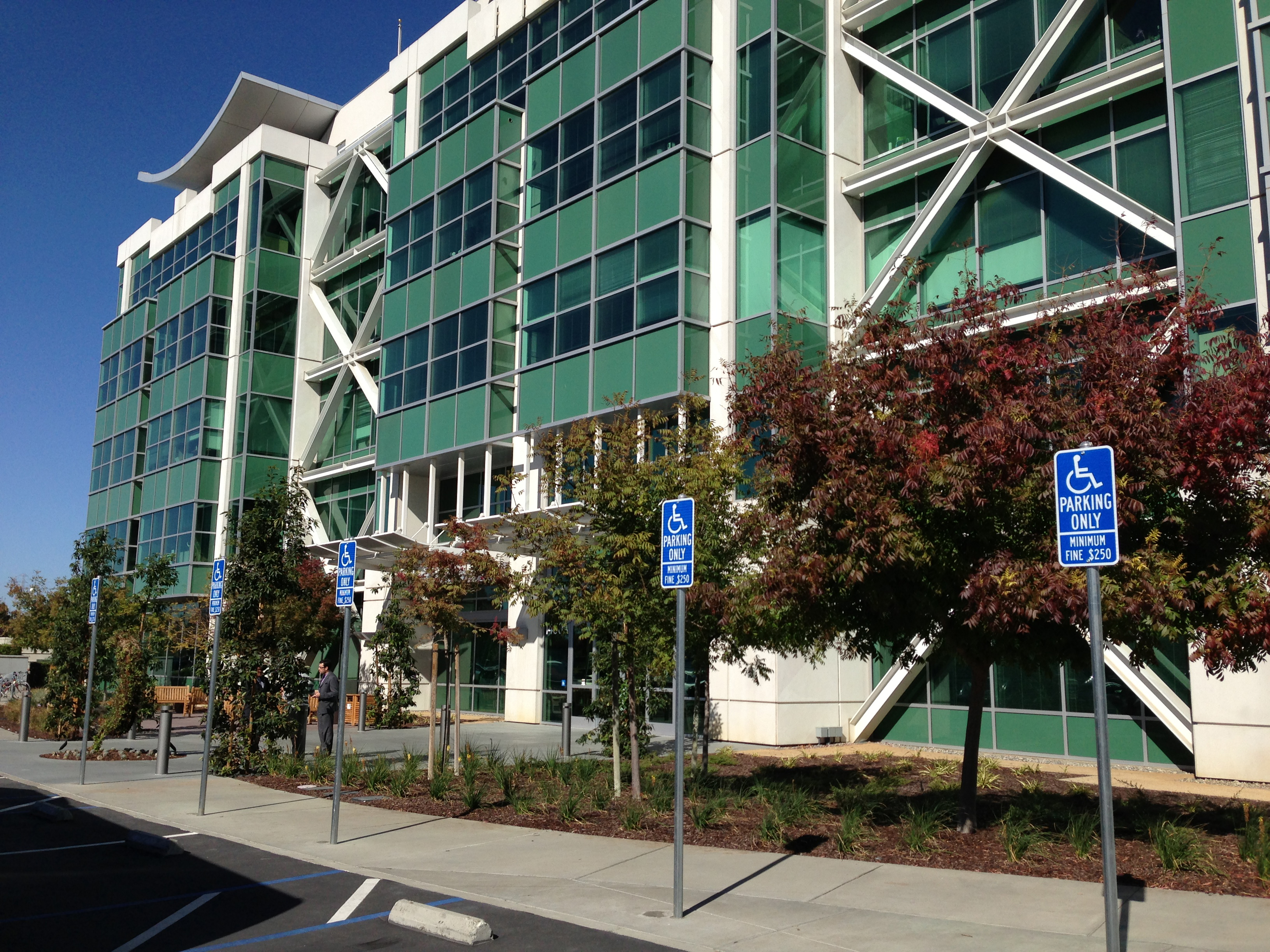With all the computer-generated (CG) imagery that DreamWorks Imagination Studios produces, you'd think their data center infrastructure would be cloud-enabled, virtualized and fat with solid-state storage. You'd be mostly wrong.
About 15% of DreamWorks' servers are virtualized, about 20% of their CG rendering is performed using cloud services, and the company has yet to find a need for solid state drives (SSDs), according to Mike Cutler, global director of Infrastructure Operations at DreamWorks Animation.
DreamWorks took a few dozen attendees of the SNW trade show here on a tour of its Redwood City, Calif., studio and data center. Among the amenities the company offers its employees is free food and medical care -- the doctor's office resides directly across the hall from the data center.
In the data center are 3.8 petabytes of disk storage capacity and 4,000 servers with 25,000 CPU cores.
While the studio may not use a lot of hypervisor technology in its servers, it invests heavily in state-of-the-art server blades, storage arrays and networks to keep its artists efficient and satisfied.
"The number one thing we invest in here to make sure our artists and engineers stay happy is our technology, because that's what they spend their day in. If we don't stay a couple steps ahead of state-of-the-art, they'll try to go find it somewhere else," said Kate Swanborg, head of enterprise marketing at DreamWorks.
DreamWorks, which has two studios in the U.S. and one in Bangalore, has a goal of releasing three films a year, but each feature film takes up to three years to create. The company always has multiple films in production, anywhere from eight to 10 at a time. With each film release, audience expectations of the quality of CG imagery grows, according to Swanborg.
The amount of processing power and storage capacity required during the production of a CG 3D film can be tremendous. There are more than 300 high-end workstations used for creating the animation. One film can take more than 60 million hours of rendering work, using 17,000 cores simultaneously.
Each animated character has up to 2,000 control points or features that can be manipulated by an animator. And, each character takes six months to craft, according to Swanborg. "Each pixel in every film is controllable," she said, adding that a competed film has more than 250 billion pixels in it.

At 24 frames a second, and 120,000 frames per film, just one movie production can consume 200TB of data storage capacity and contain half a billion data files. "That's the same number of components as a Boeing jet," Swanborg said.
There are about 400,000 processing jobs per day on the studio's servers. DreamWorks uses Red Hat Enterprise MRG for messaging and scheduling those jobs in the proper sequence. "And, most of it is done in parallel," Cutler said.
Not including developers working on actual film productions, DreamWorks has 150 software engineers who keep applications running smoothly, according to Jeff Wike, director of R&D at the Redwood City Studio. Wike, who said he gave up a "promising career" in the aerospace industry, said about 20% of the company's software engineers have Ph.Ds.
"With a movie coming out every three months, it's all like brand new. So things never get stale," Wike said.
For the past three years, DreamWorks software engineering has been "parallelizing its software" to take advantage of the latest Intel 16-core Sandy Bridge processors in its servers.
"We don't write all of our software, but we do write a lot of it. We buy where we can and build where we must," Wike said. "We have the advantage that we're driven by a CEO who really, really loves technology and doesn't understand it at all. It's a great thing because he doesn't know what's hard and he doesn't know what's impossible. He'll just say we should have a tool that can just do this. So we just scratch our heads and say, 'OK, I guess we can do that.' "
A statue of Po from Kung Fu Panda sits just outside DreamWorks Studio's cafeteria, where employees eat for free.
The amount of work that goes into a film is staggering, but the cost can certainly raise eyebrows as well. One 90-minute feature film, such as Shrek 4, costs about $130 million to produce. An additional $130 million to $150 million is then spent on distribution and marketing.
And, while CG imagery may be the final product, creating an animated movie takes hand crafting. Each DreamWorks film is story boarded, meaning that each scene is hand drawn by an artist. Films can require anywhere from 70,000 to 100,000 story boards.





